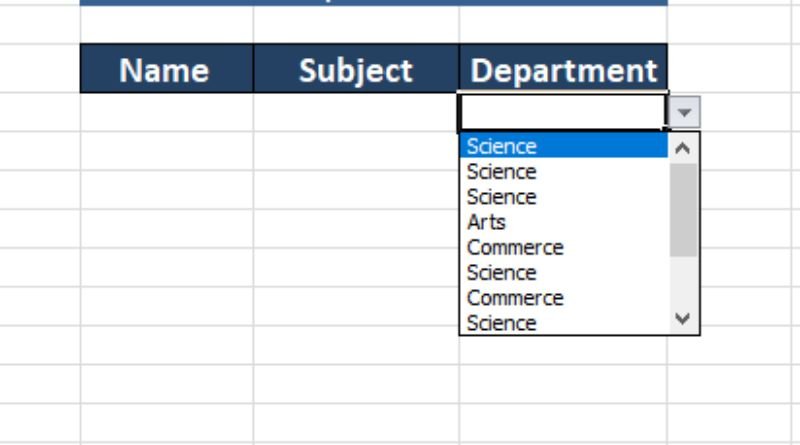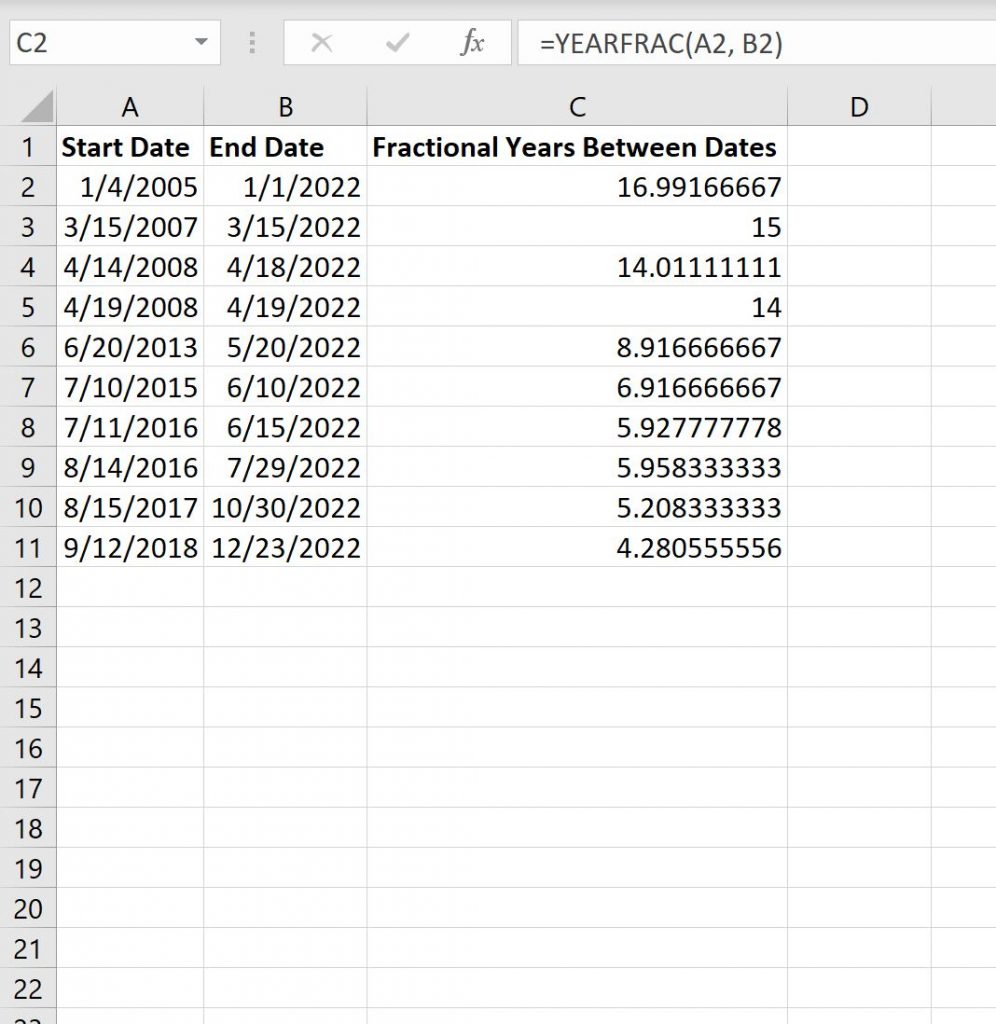Understanding the functool Cache Error
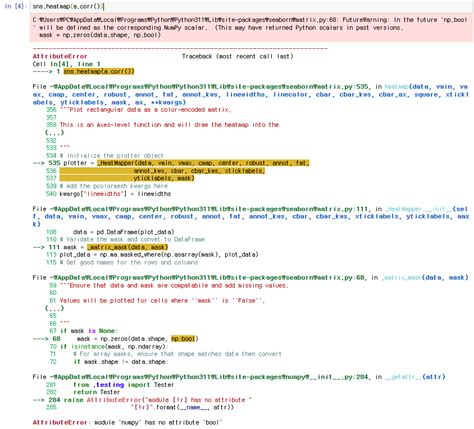
When working with Python's functools module, particularly the functools.cache decorator, encountering a CacheError can be perplexing. This error, though relatively rare, can occur under specific circumstances and understanding it is crucial for efficient debugging and effective use of the caching mechanism.
The CacheError: Unraveling the Mystery
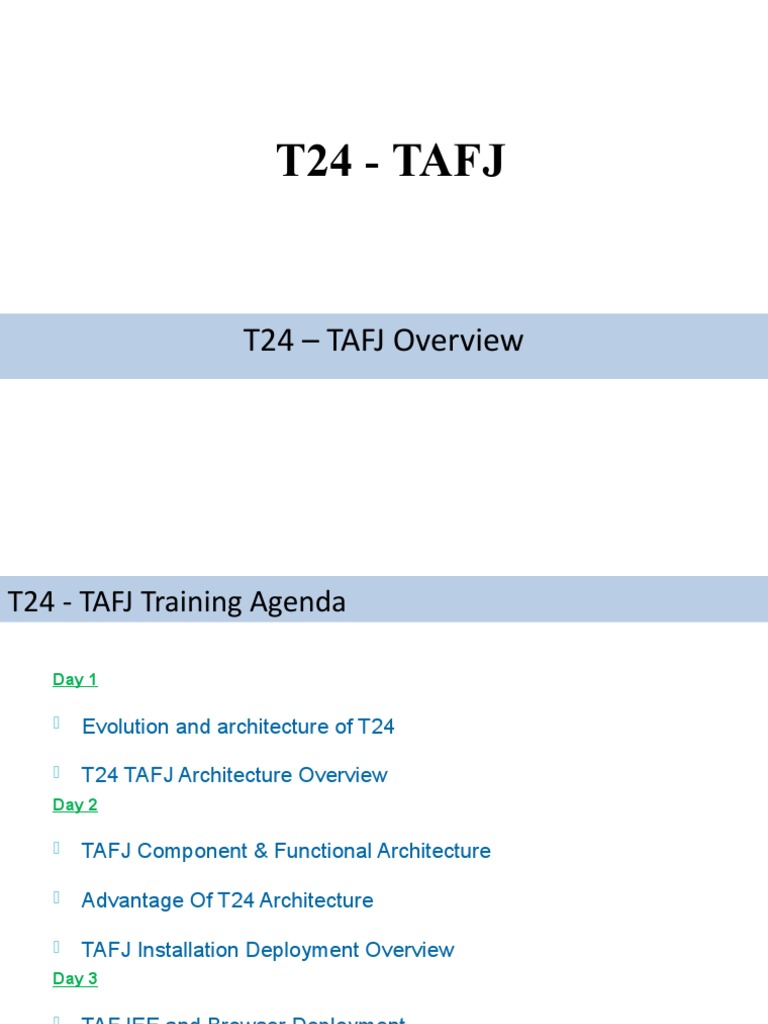
The CacheError is a unique exception raised by the functools.cache decorator when an attempt to access or modify the cached value results in an error. This error often manifests when the cached function’s behavior is not as expected, leading to unexpected errors or invalid cached results.
One common scenario leading to a CacheError is when the cached function's arguments are mutable, such as lists or dictionaries. If the function modifies these arguments during its execution, the cache might store an outdated or incorrect result, causing subsequent calls to the function to raise a CacheError.
Consider the following example where a CacheError might occur:
from functools import cache
@cache
def process_data(data_list):
# Process data and modify the list
data_list.append(42)
return sum(data_list)
In this scenario, the process_data function takes a list as an argument, modifies it by appending a value, and then returns the sum of the list. However, when the functools.cache decorator is applied, subsequent calls to process_data with the same arguments might result in a CacheError due to the modified list.
Addressing the CacheError: Strategies and Best Practices
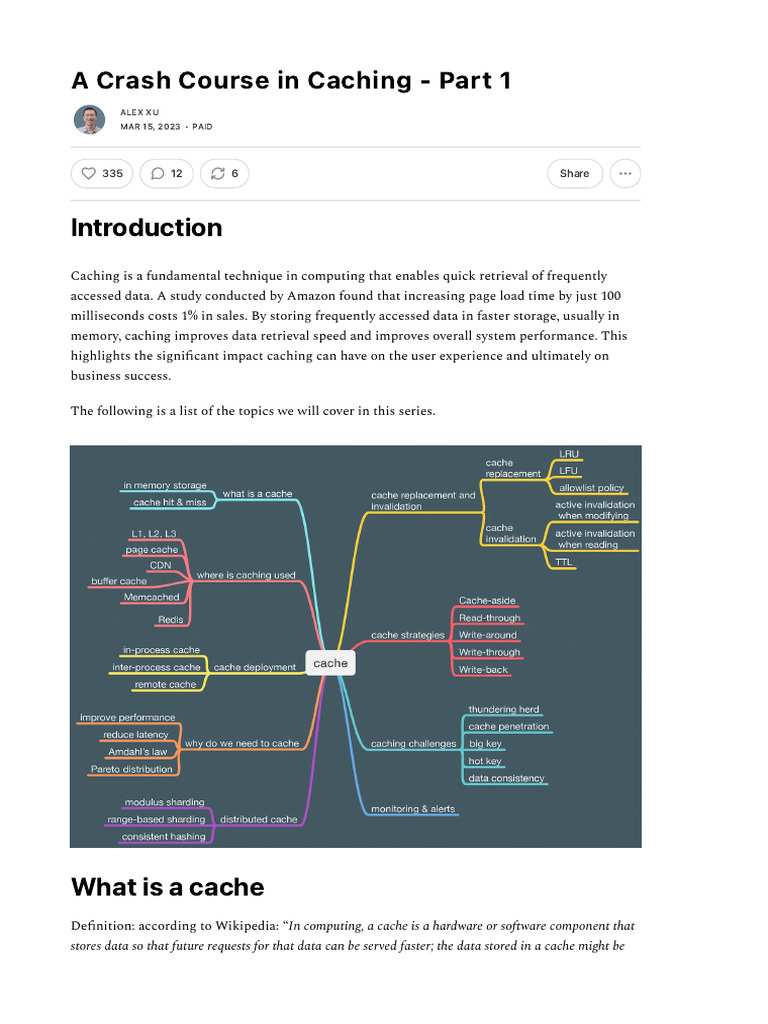
To avoid CacheError issues, it’s essential to ensure that the cached function’s arguments remain immutable during its execution. This can be achieved by:
- Making Arguments Immutable: Ensure that the function's arguments are immutable objects, such as tuples or strings, which cannot be modified.
- Creating Copies of Mutable Arguments: If the function requires modifying its arguments, consider creating a copy of the mutable argument before making any changes. This ensures that the original argument remains unchanged, preventing CacheError issues.
- Using Keyword Arguments: Instead of passing mutable arguments directly, use keyword arguments to pass the values. This way, the function can modify the values without affecting the original arguments.
For instance, the previous example can be refactored to avoid CacheError as follows:
from functools import cache
@cache
def process_data(data_list):
# Create a copy of the list to modify
data_copy = data_list.copy()
data_copy.append(42)
return sum(data_copy)
By creating a copy of the data_list and modifying the copy, the original list remains unchanged, preventing CacheError issues when the function is called multiple times with the same arguments.
Advanced Caching Techniques: Dealing with Complex Scenarios
While making arguments immutable or creating copies can address many CacheError scenarios, more complex situations might require advanced caching techniques. In such cases, consider the following strategies:
- Custom Key Generation: The functools.cache decorator uses the arguments as a key to identify cached values. If the function's behavior depends on additional factors, consider defining a custom key generation function using the
functools.lru_cachedecorator with atypedargument set toTrue. - Custom Caching Backend: For more advanced scenarios, consider using a custom caching backend, such as a database or a key-value store, to store and retrieve cached values. This provides more control over the caching mechanism and can handle complex scenarios more effectively.
Performance Considerations: When to Use Caching
While caching can significantly improve performance by avoiding redundant function calls, it’s essential to use it judiciously. Caching is particularly beneficial for functions that are computationally expensive or have long execution times. However, for functions with short execution times or those that rely on mutable arguments, caching might introduce overhead without providing significant benefits.
Conclusion: Navigating the Pitfalls of Caching
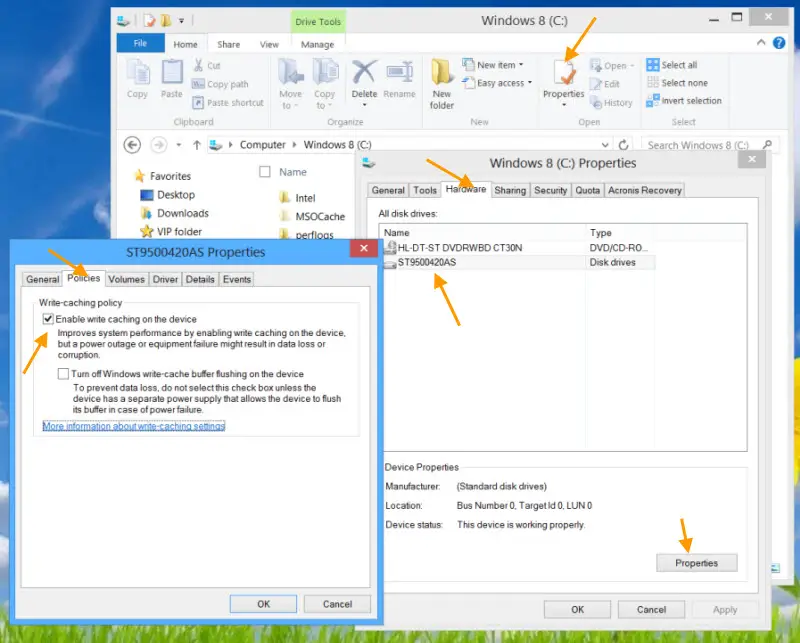
The CacheError is a critical aspect of understanding and effectively utilizing Python’s functools.cache decorator. By ensuring immutable arguments, creating copies of mutable arguments, and employing advanced caching techniques when necessary, developers can navigate the pitfalls of caching and harness its full potential. Additionally, considering the performance implications of caching ensures that it is used optimally, providing the maximum benefit without introducing unnecessary overhead.
What is the purpose of the functools.cache decorator in Python?
+The functools.cache decorator is used to add a caching mechanism to a function, storing the results of function calls and returning the cached result when the same arguments are passed again. This improves performance by avoiding redundant function calls and their associated computations.
How does the CacheError occur in the context of functools.cache?
+The CacheError occurs when the cached function’s behavior is not as expected, leading to unexpected errors or invalid cached results. Common causes include modifying mutable arguments during function execution or relying on additional factors that are not considered in the caching mechanism.
What are some strategies to avoid CacheError issues?
+To avoid CacheError issues, ensure that the cached function’s arguments remain immutable during its execution. This can be achieved by making arguments immutable, creating copies of mutable arguments before modification, or using keyword arguments. Additionally, consider custom key generation or a custom caching backend for more complex scenarios.
